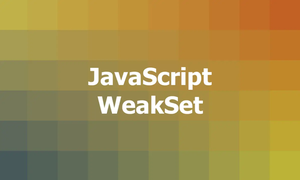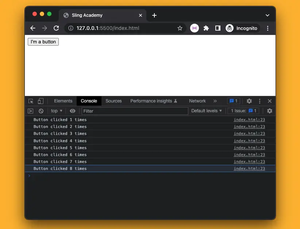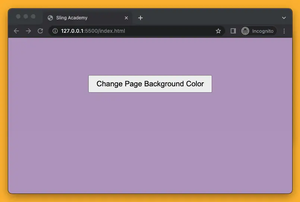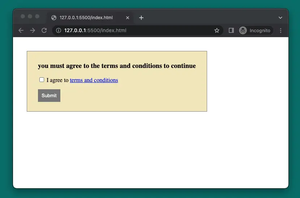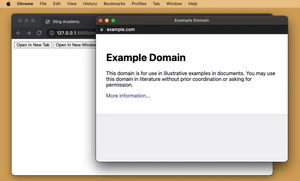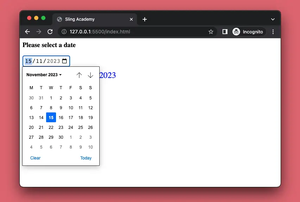Introduction
Handling network status changes is a common requirement for modern web applications, especially those that aim for offline capabilities or optimization of network usage. Thanks to the JavaScript DOM, reacting effectively to these changes can be achieved using a built-in API. In this article, we'll explore how to detect network status changes in JavaScript and respond appropriately in your applications.
Understanding the Network Information API
The Network Information API is a browser-based API that enables web applications to access and react to information about the network connection of a device. This API can be extremely useful to enhance user experience by adapting the app’s behavior according to the network status.
The primary interface provided by this API is the navigator.connection object, which provides various network-related properties and events.
Using the Connection Object
To start using the Network Information API, access the navigator.connection object. This object offers multiple properties including:
effectiveType: Provides the estimated network connection type. Examples include '4g', '3g', '2g', 'slow-2g'.downlink: Provides the maximum downlink speed in megabits per second.rtt: Provides the round-trip time estimate.saveData: Indicates if the user has chosen to reduce data usage.
// Checking connection details
const connection = navigator.connection;
console.log(`Connection type: ${connection.effectiveType}`);
console.log(`Downlink speed: ${connection.downlink} Mbps`);
console.log(`RTT: ${connection.rtt} ms`);
console.log(`Data saver mode: ${connection.saveData}`);Listening for Network Changes
The navigator.connection object allows you to listen for changes in network status through the change event. This event triggers whenever connection information changes, such as change in network type or user enabling data saver mode.
// Attaching an event listener
navigator.connection.addEventListener('change', () => {
console.log(`New connection type: ${navigator.connection.effectiveType}`);
console.log(`New downlink speed: ${navigator.connection.downlink} Mbps`);
if (navigator.connection.saveData) {
console.log('User preferences indicate data usage is limited.');
}
});Practical Use Case: Enhancing User Experience
To demonstrate a practical use case, imagine a video streaming application. You can use the Network Information API to adjust video quality based on the network speed, ensuring a smooth viewing experience with minimal buffering.
function adjustVideoQuality(connection) {
if (connection.effectiveType === '4g') {
setVideoQuality('high');
} else if (connection.effectiveType === '3g') {
setVideoQuality('medium');
} else {
setVideoQuality('low');
}
}
function setVideoQuality(quality) {
console.log(`Setting video quality to: ${quality}`);
// Insert logic to change video streaming quality.
}
// Listen for changes and adjust quality
navigator.connection.addEventListener('change', () => adjustVideoQuality(navigator.connection));Fallback Strategy
While the Network Information API is powerful, it's not supported in all browsers, especially older versions. Therefore, it's crucial to implement fallback strategies to handle network changes gracefully:
if ('connection' in navigator) {
adjustVideoQuality(navigator.connection);
navigator.connection.addEventListener('change', () => adjustVideoQuality(navigator.connection));
} else {
console.log('Network Information API is not supported. Implement an alternative method.');
// Example fallback could be relying on other indicators of speed such as measuring download speeds.
}Conclusion
The Network Information API offers a robust way to dynamically adjust application behavior according to network conditions, improving user experience and making applications more responsive. By understanding how to utilize this API along with building fallback strategies, developers can make their applications more resilient and efficient.

